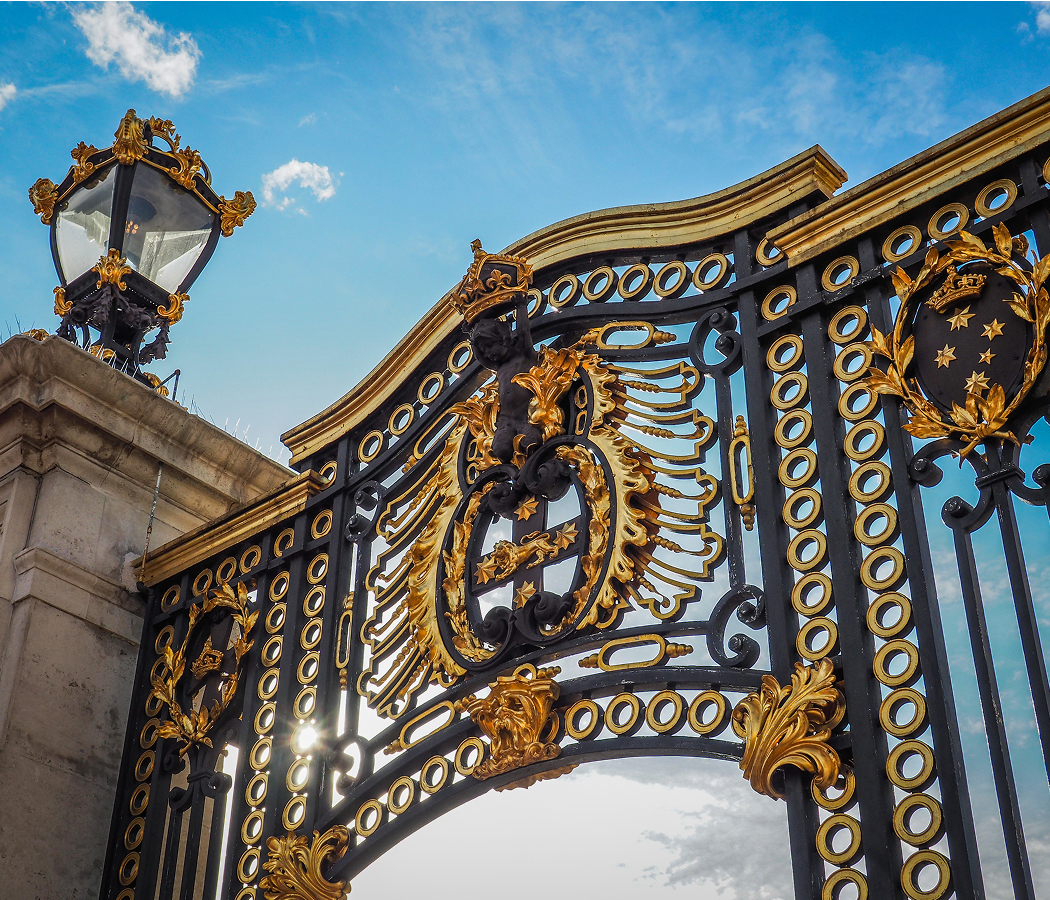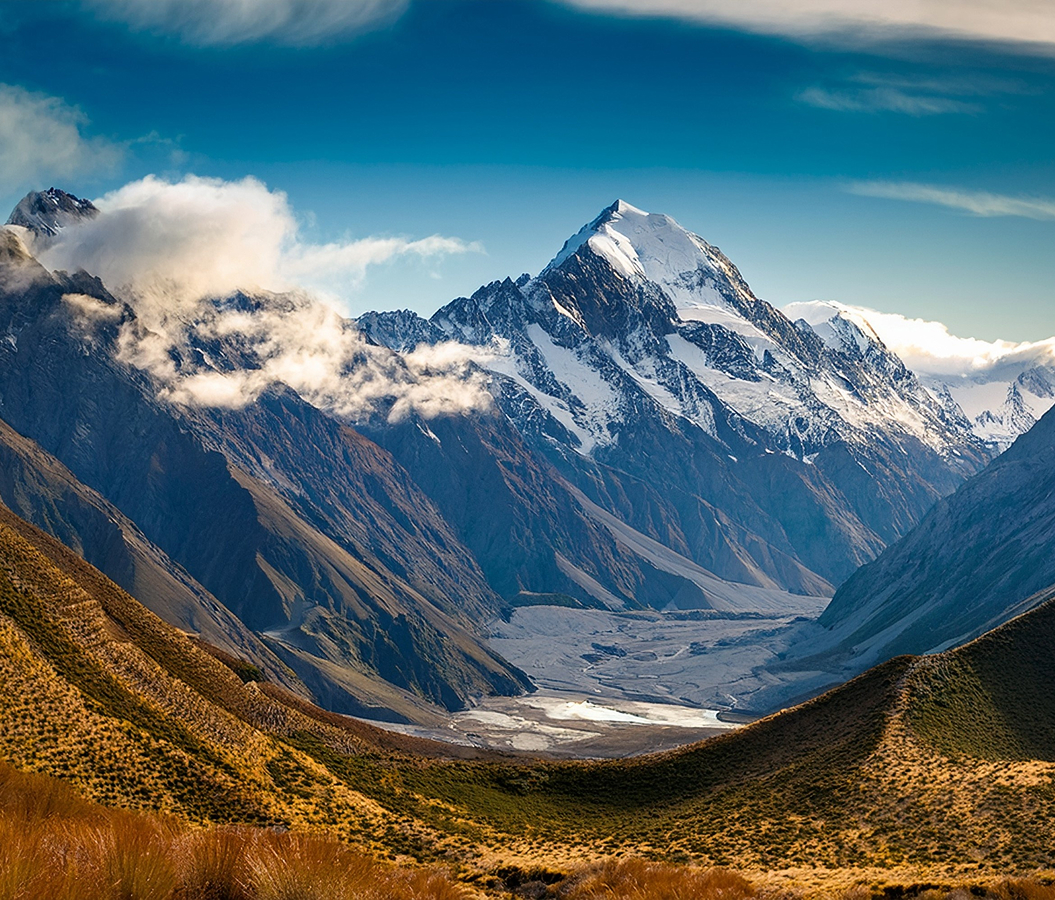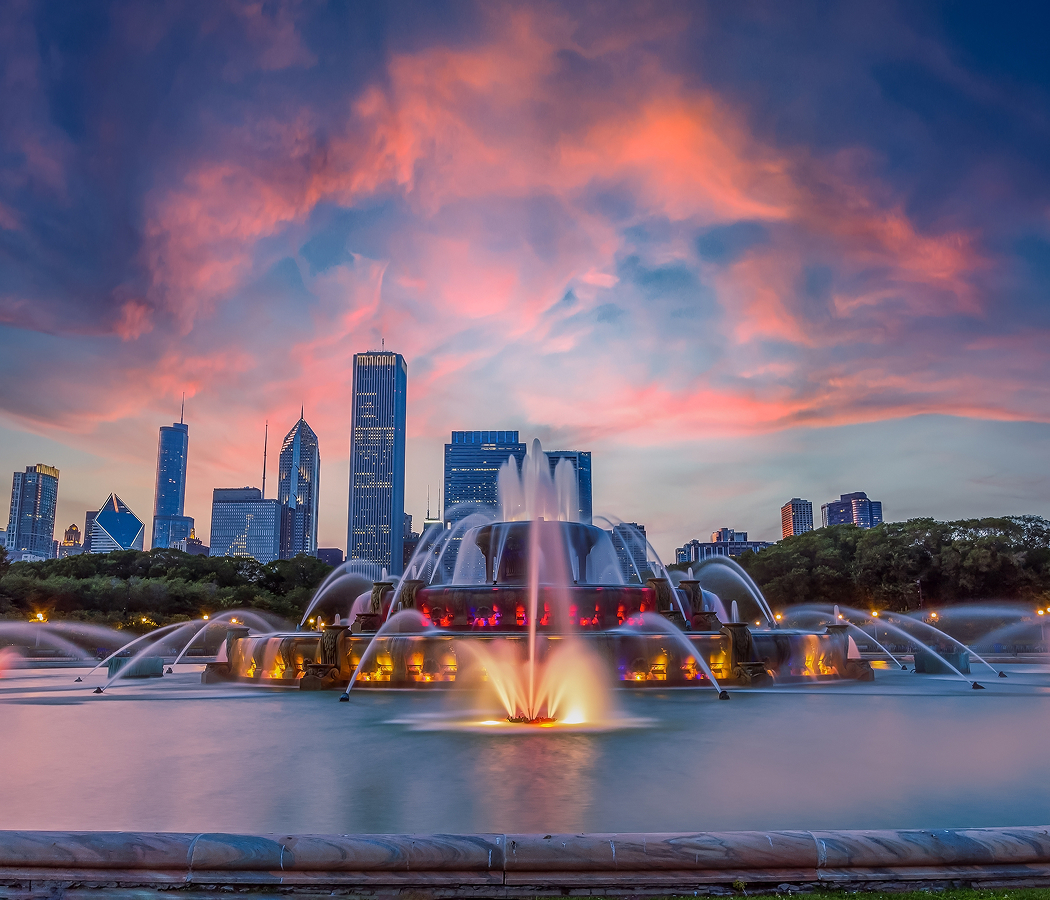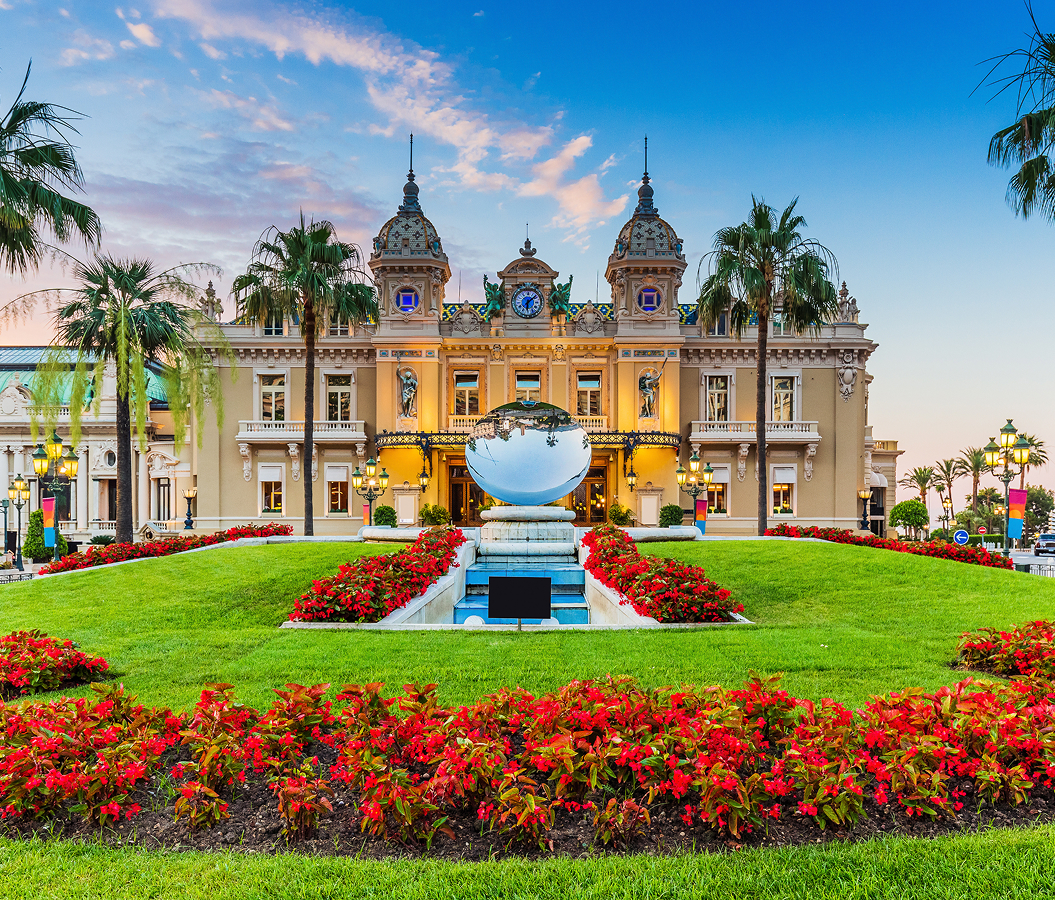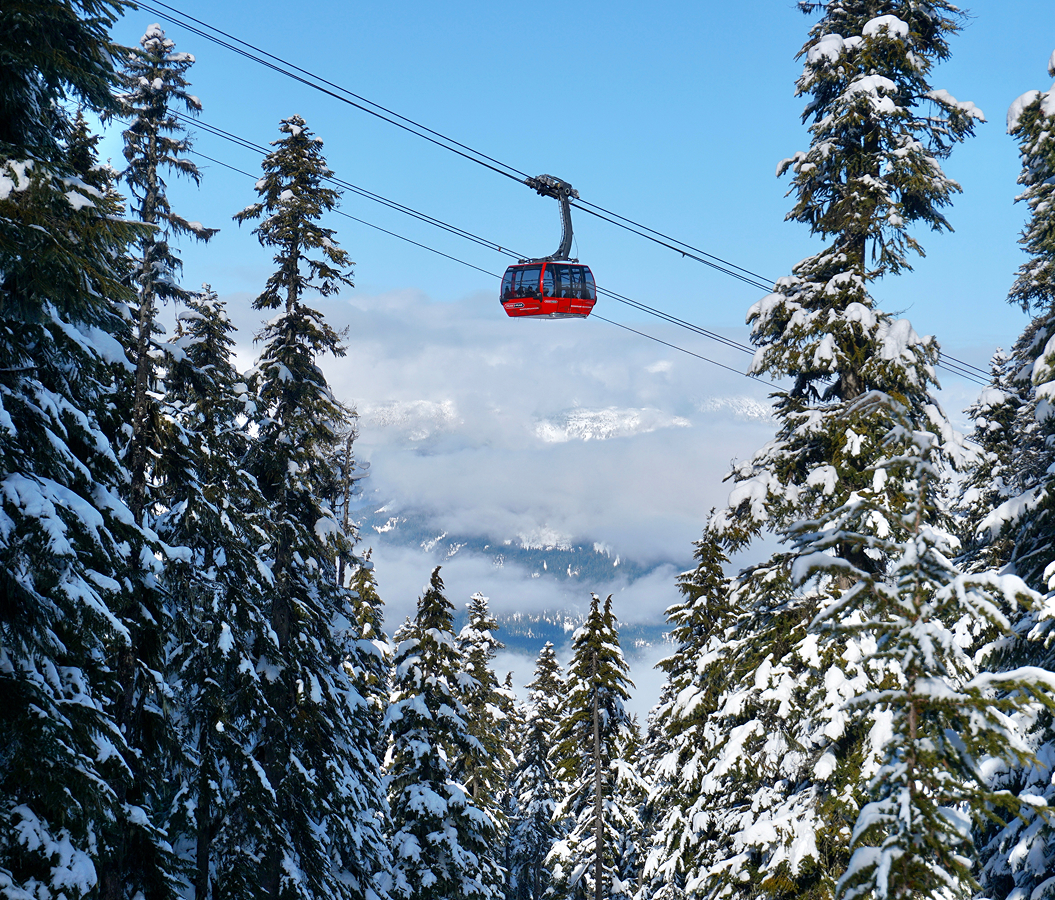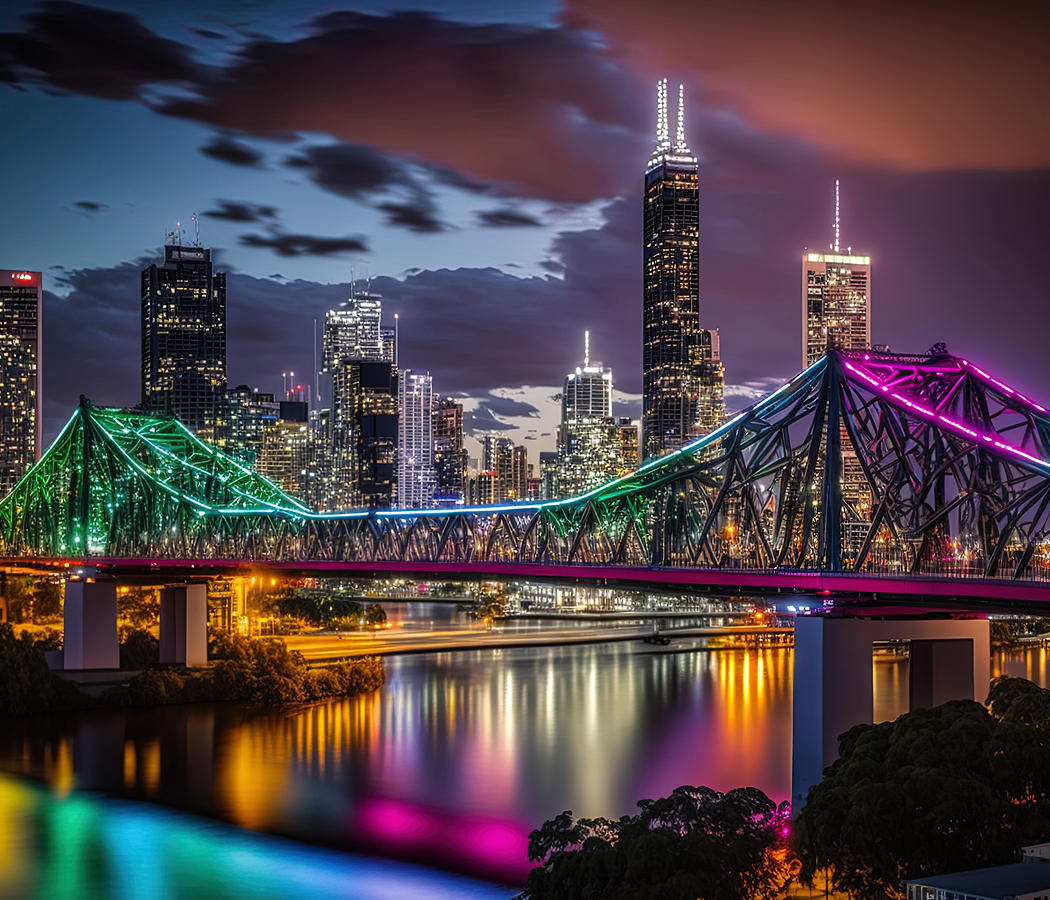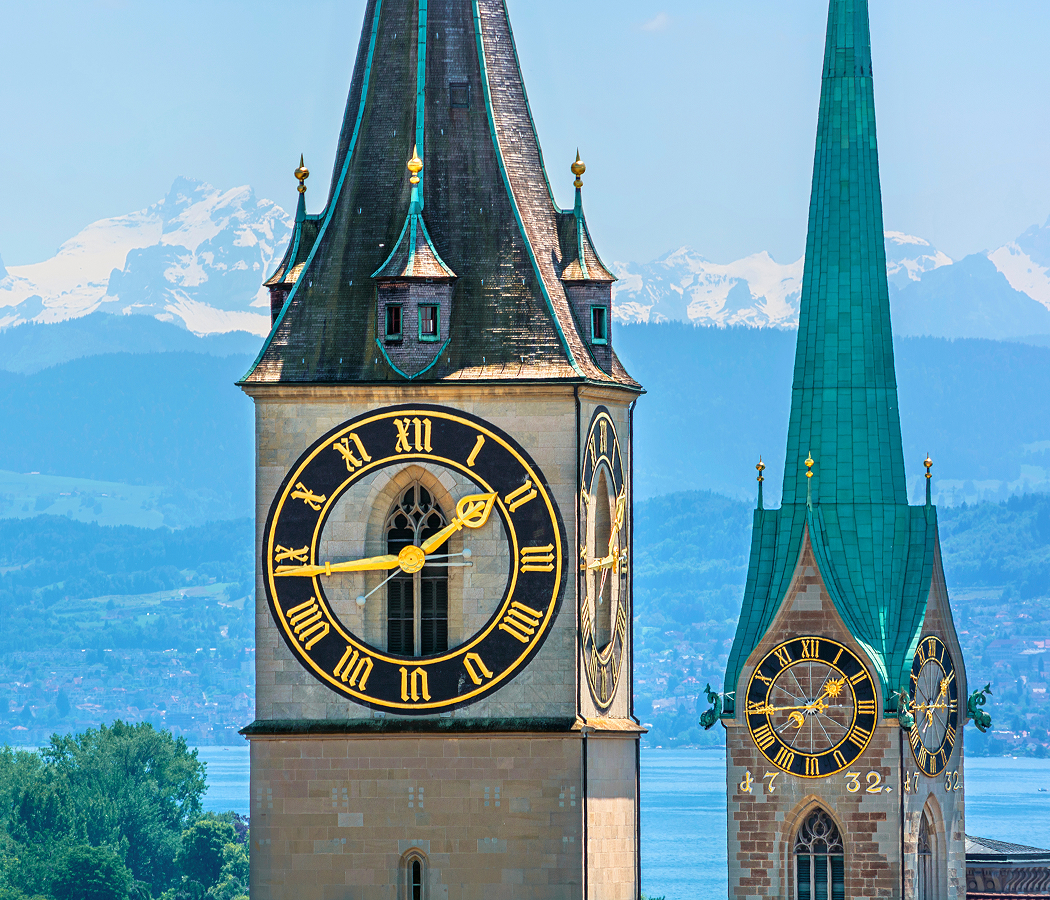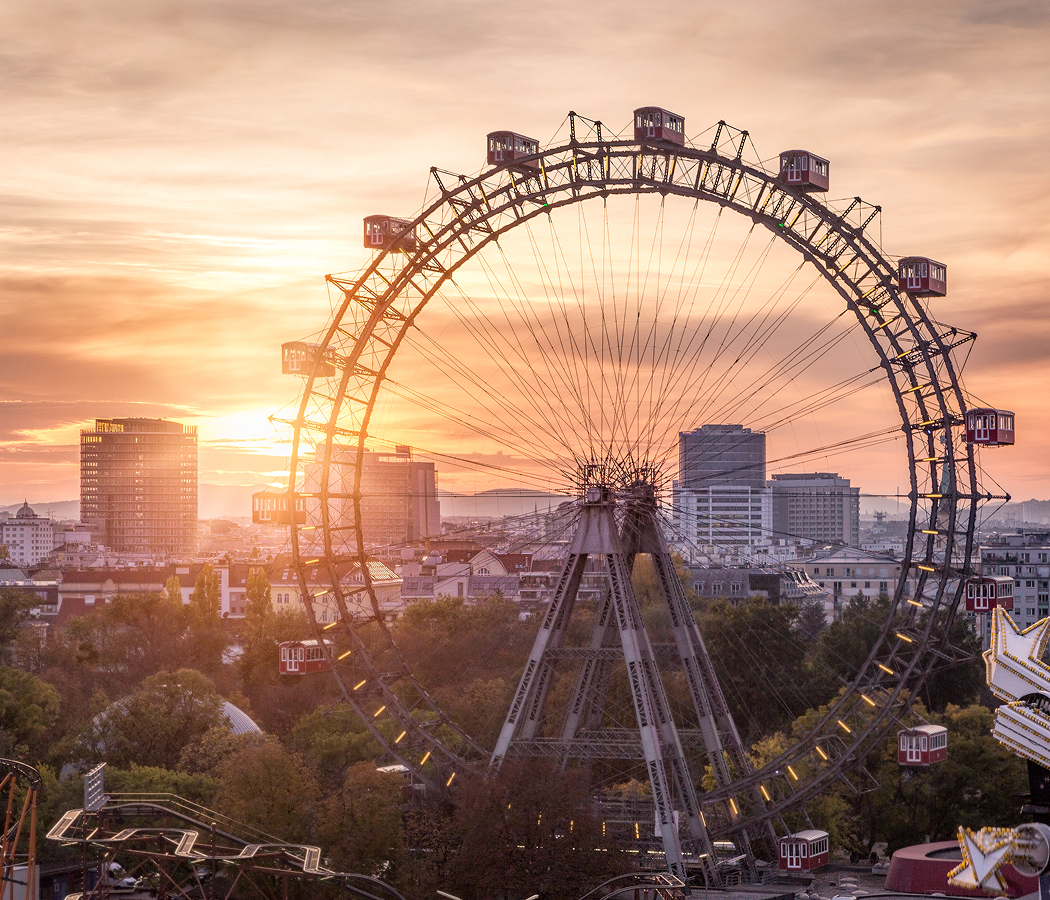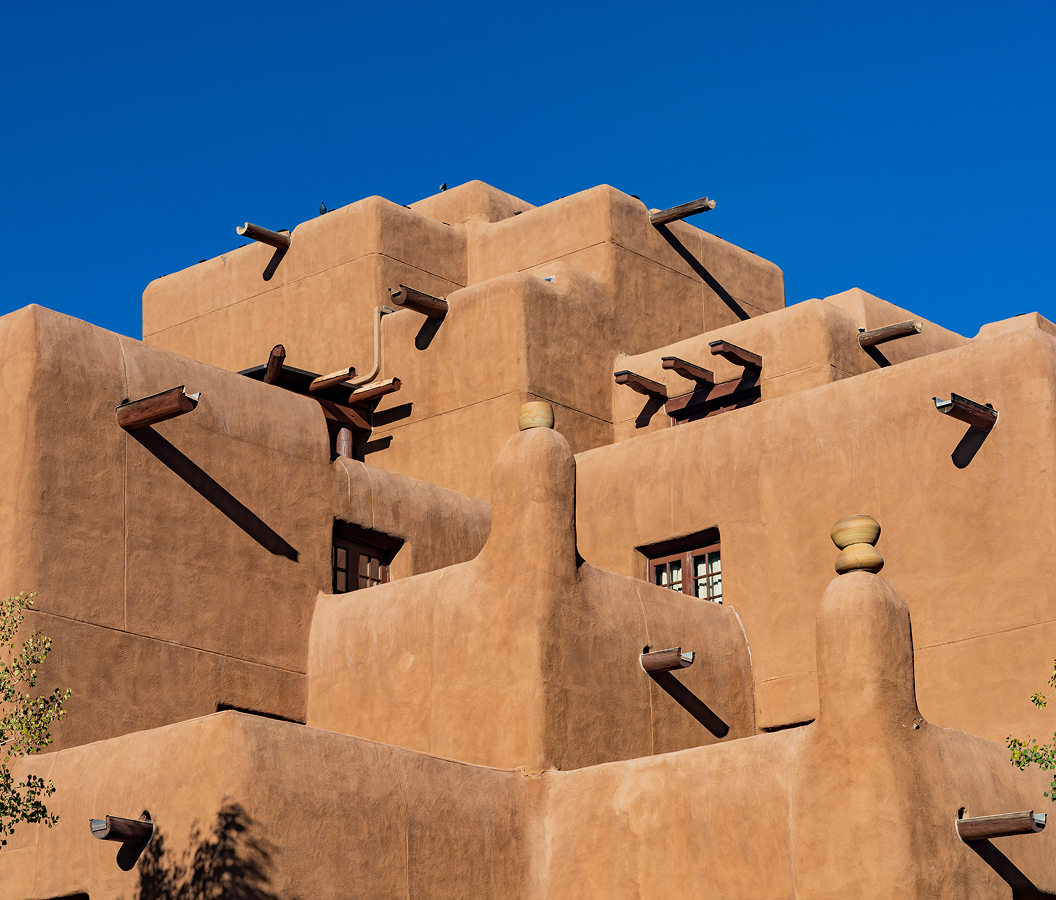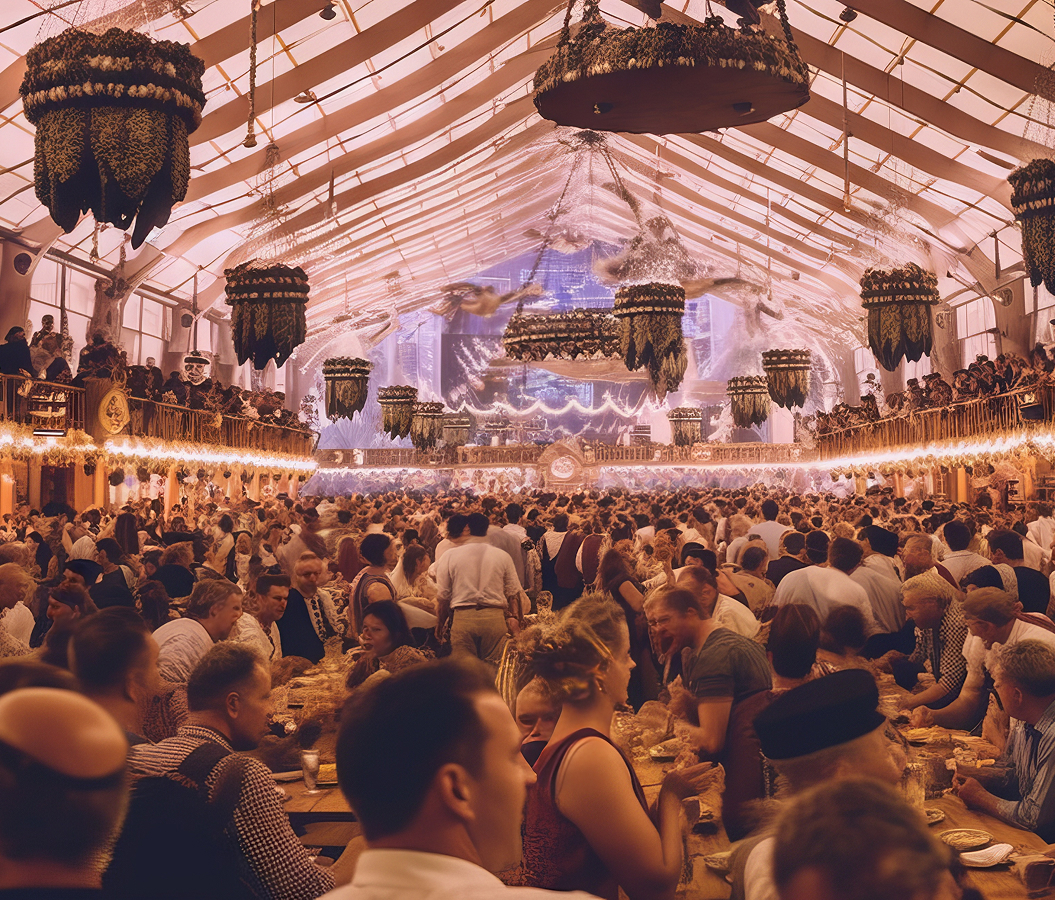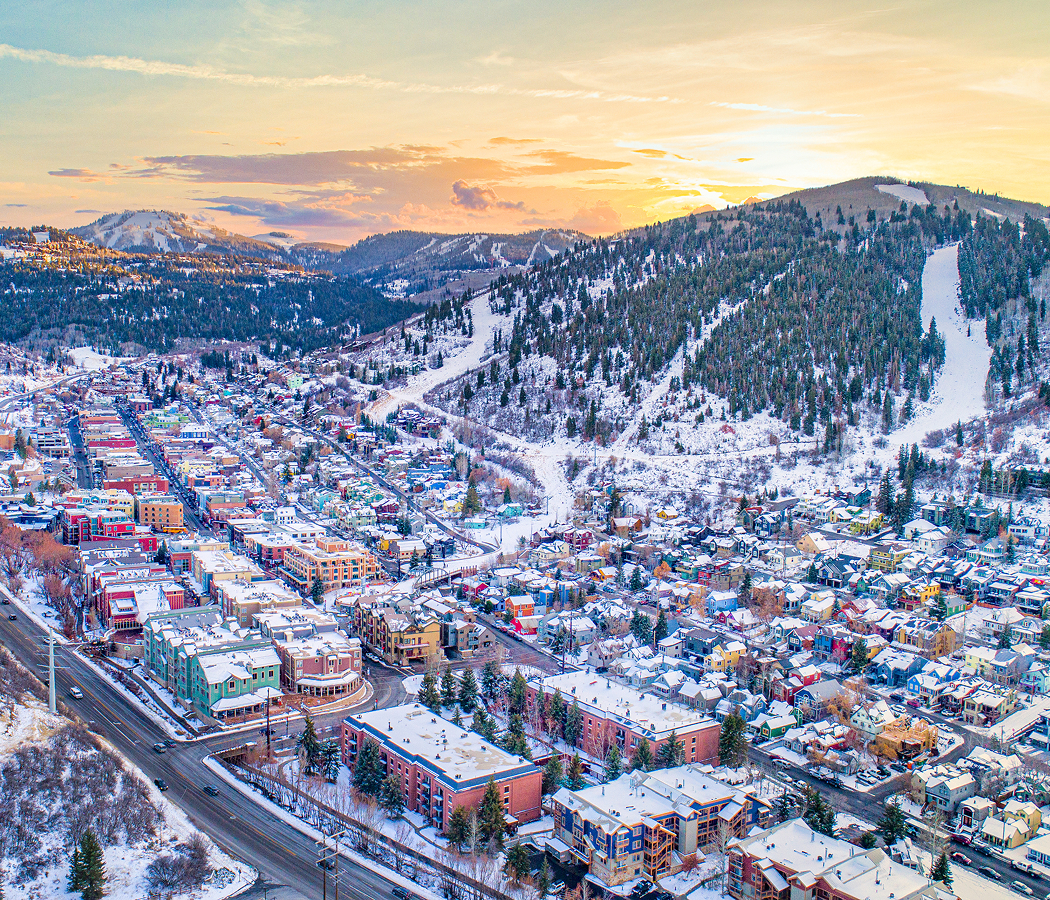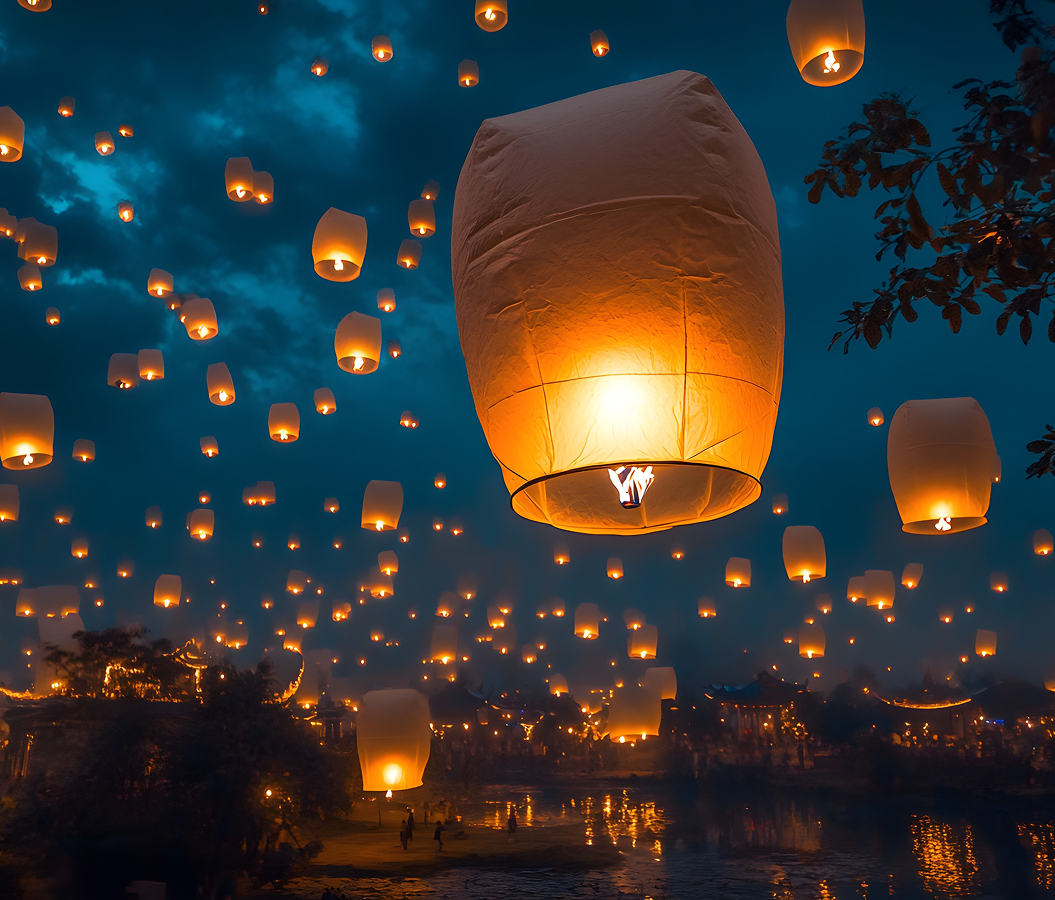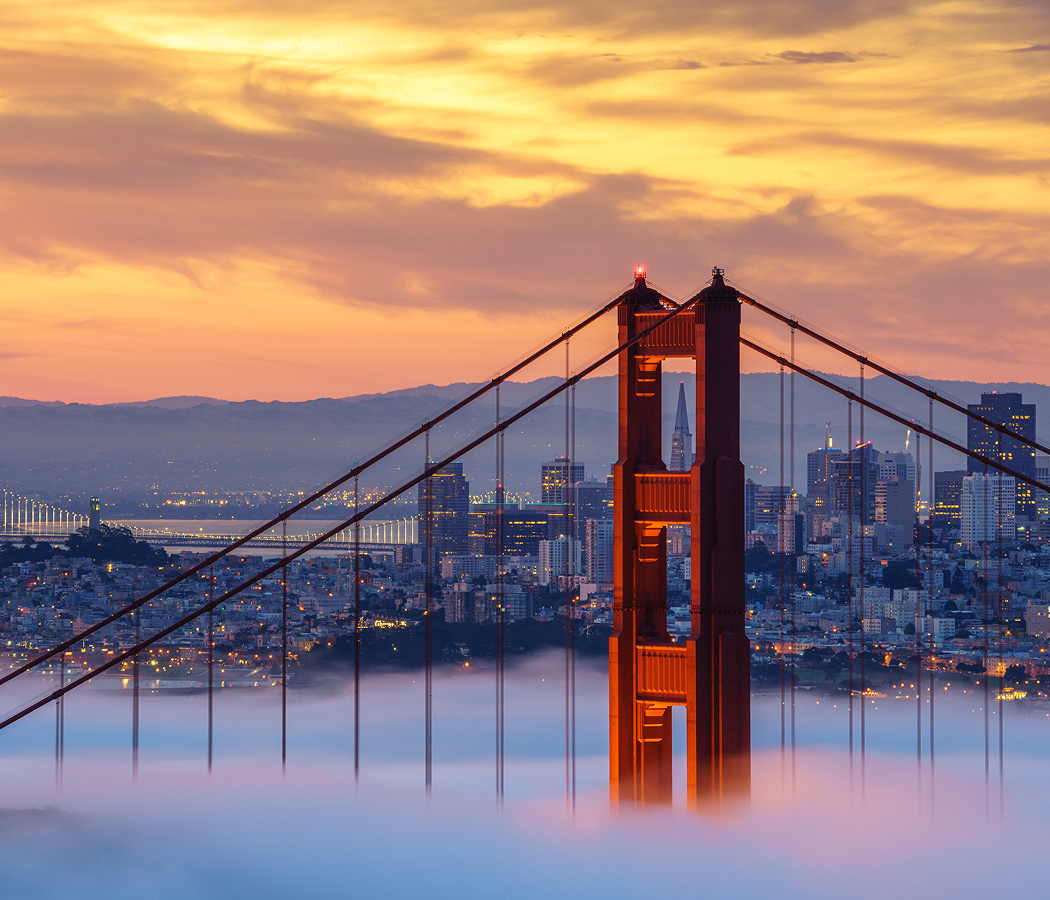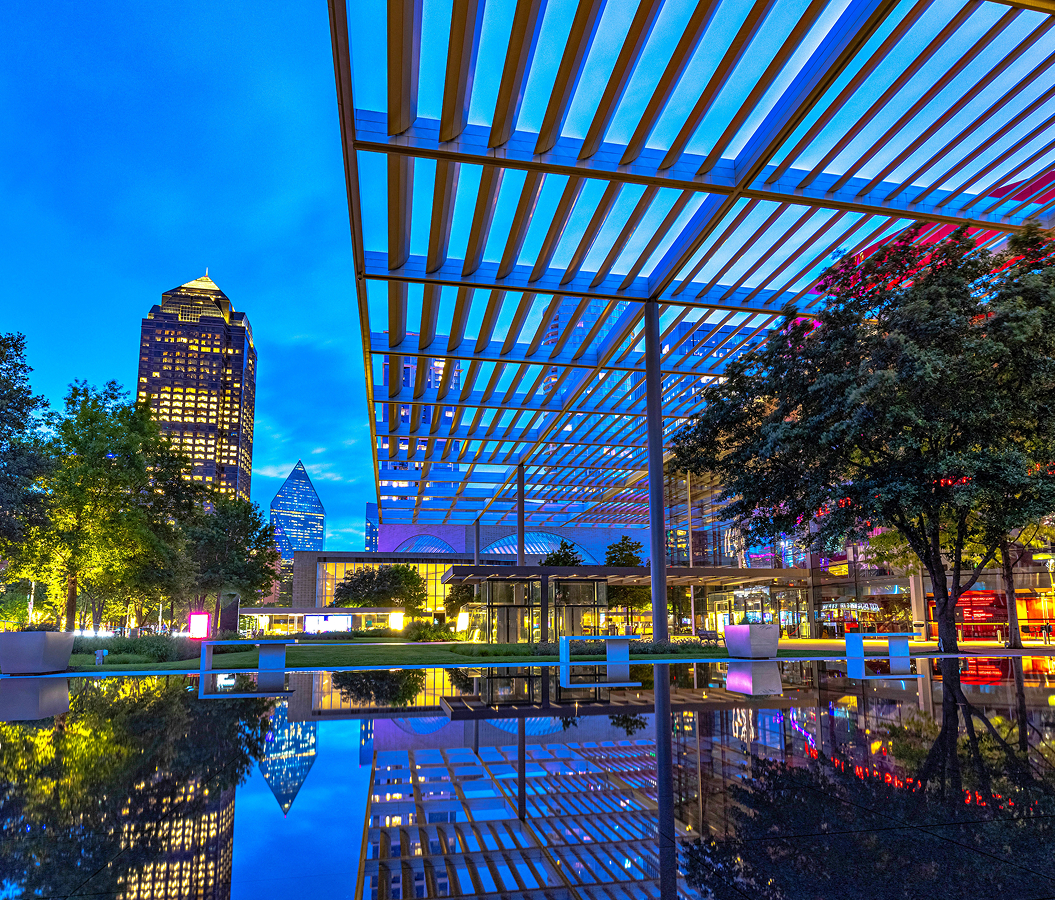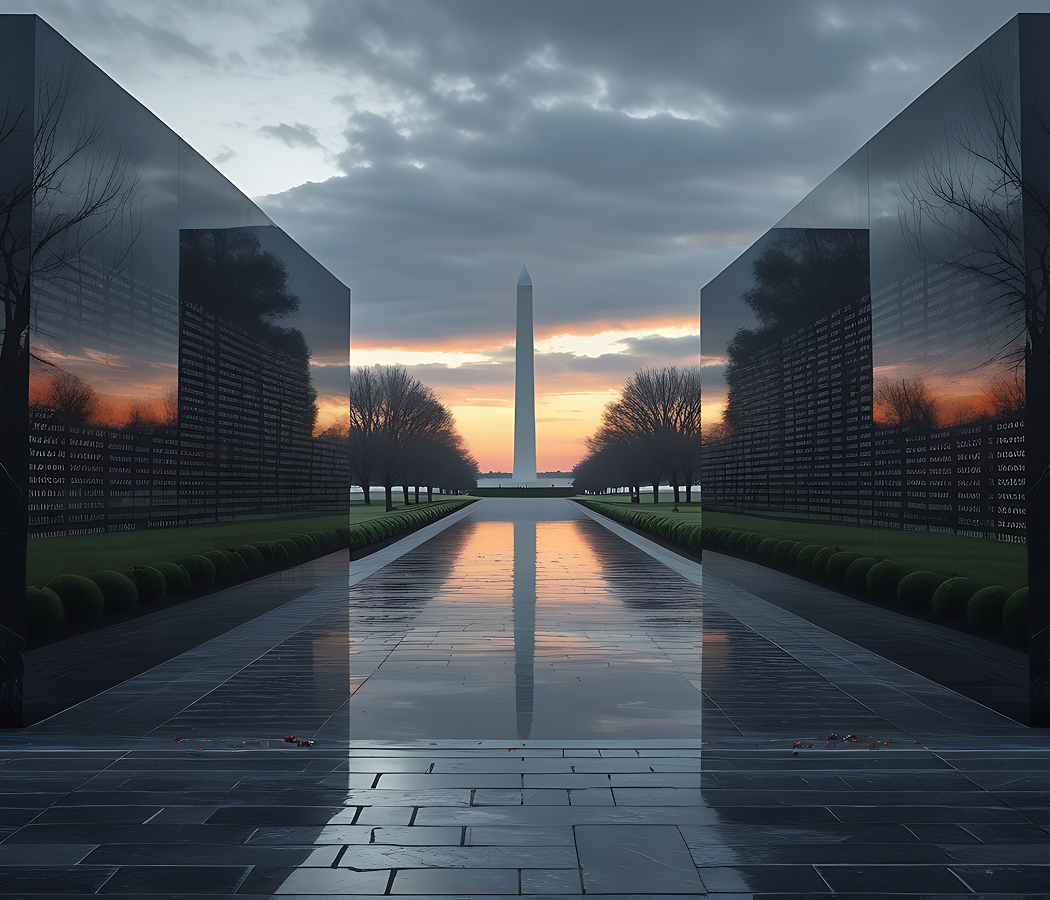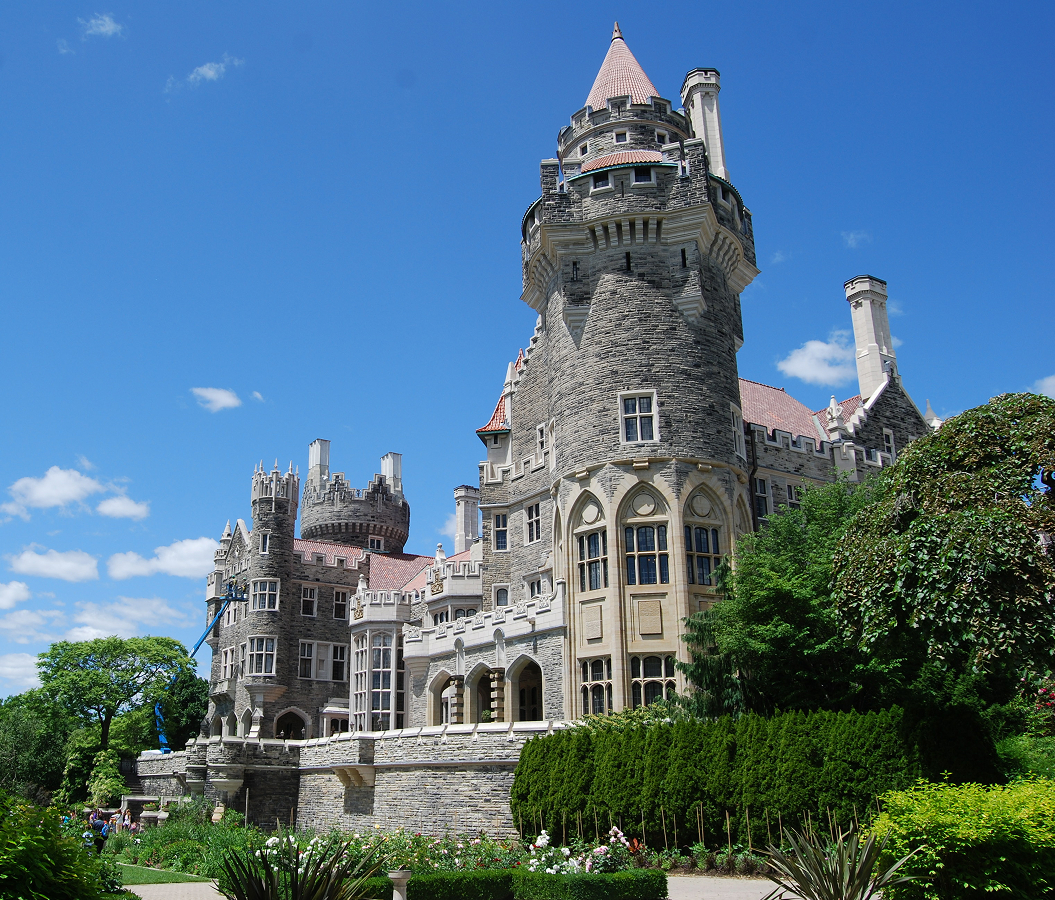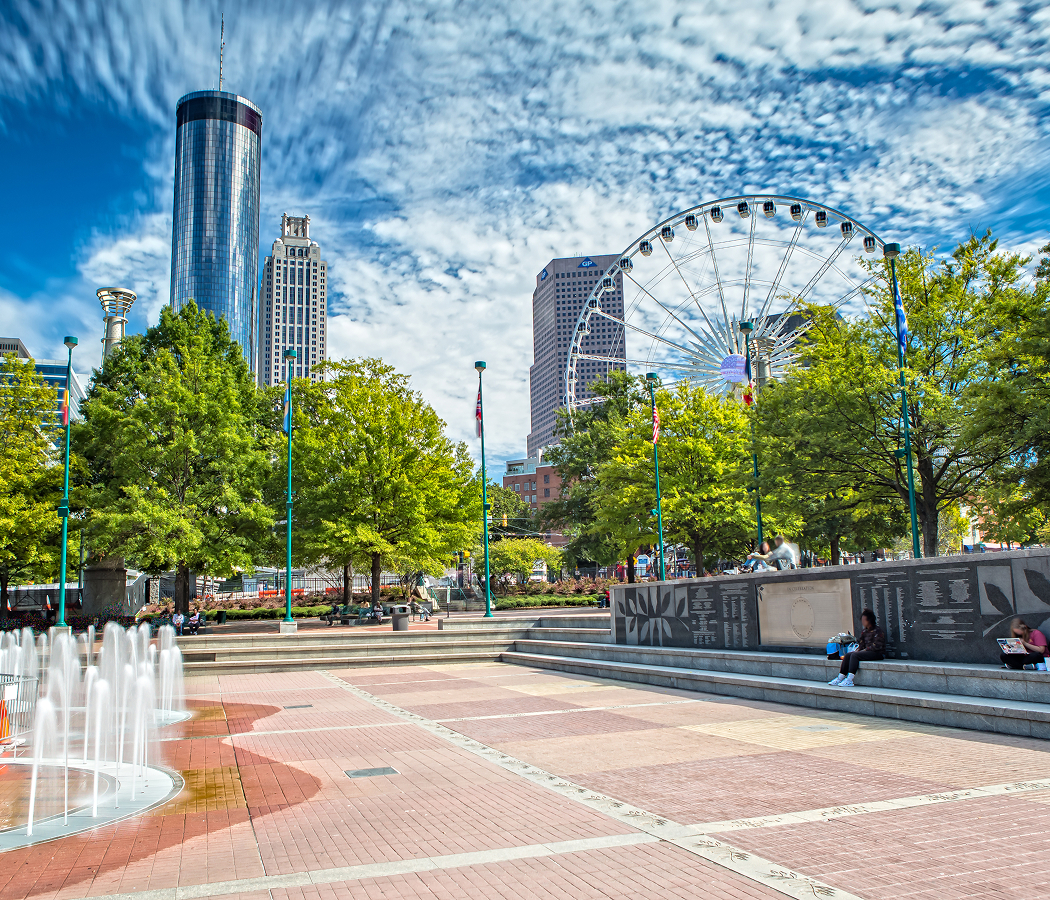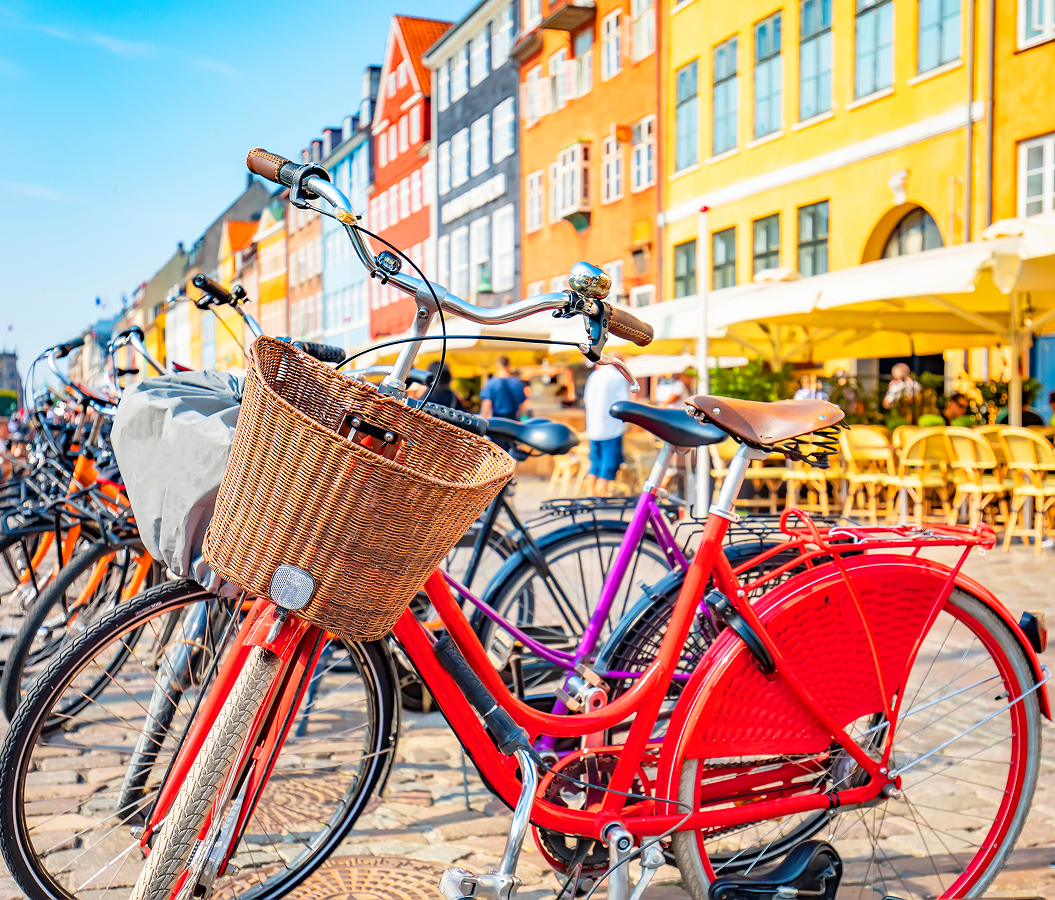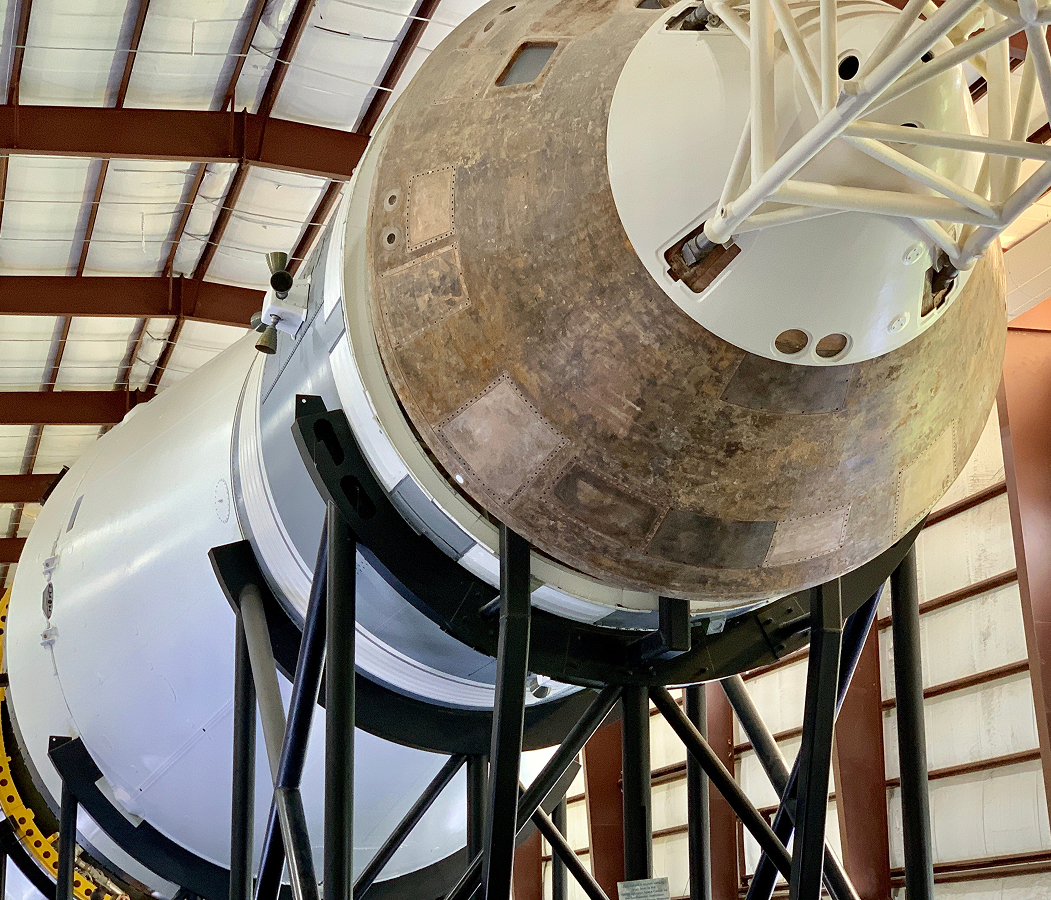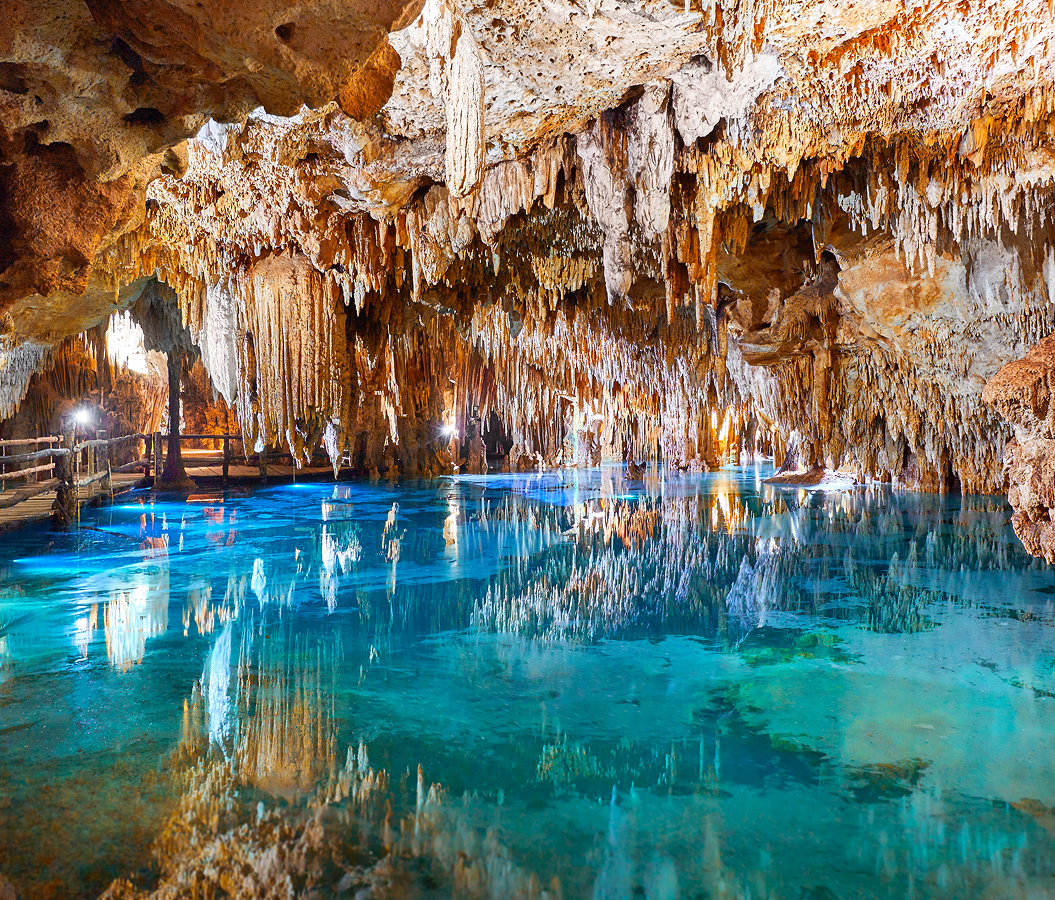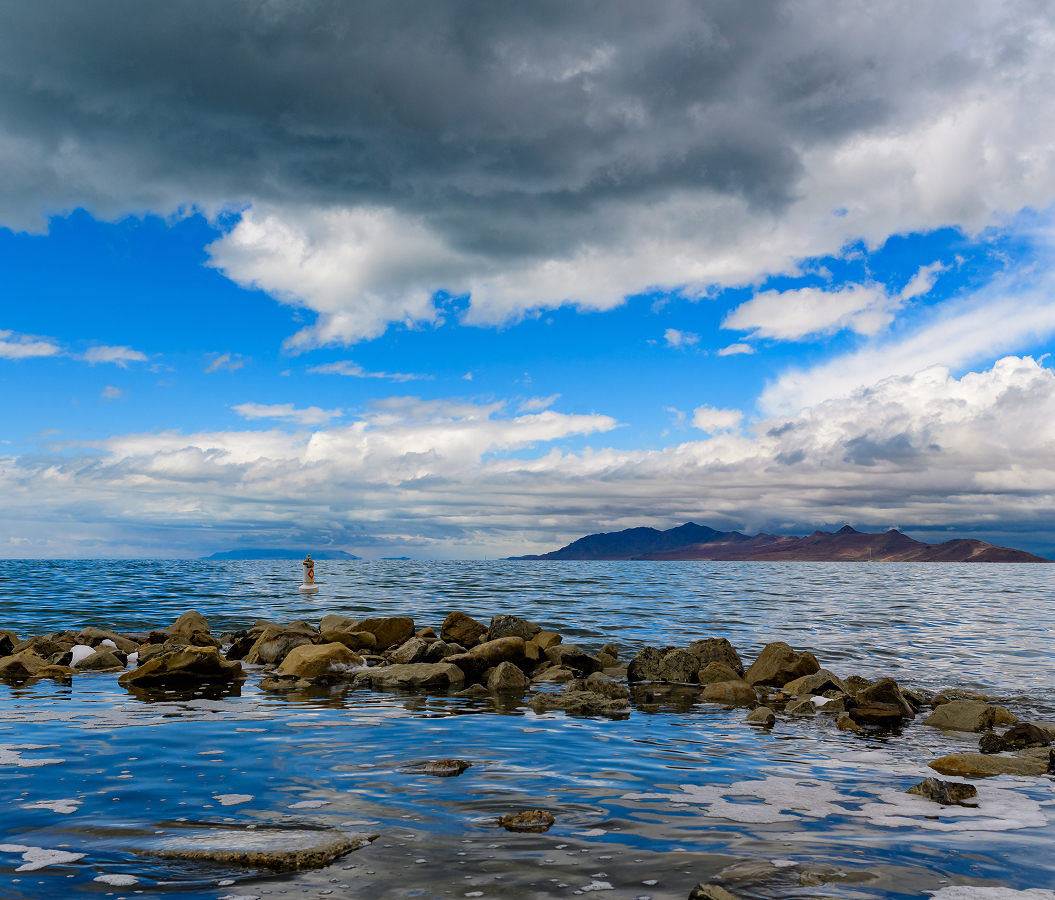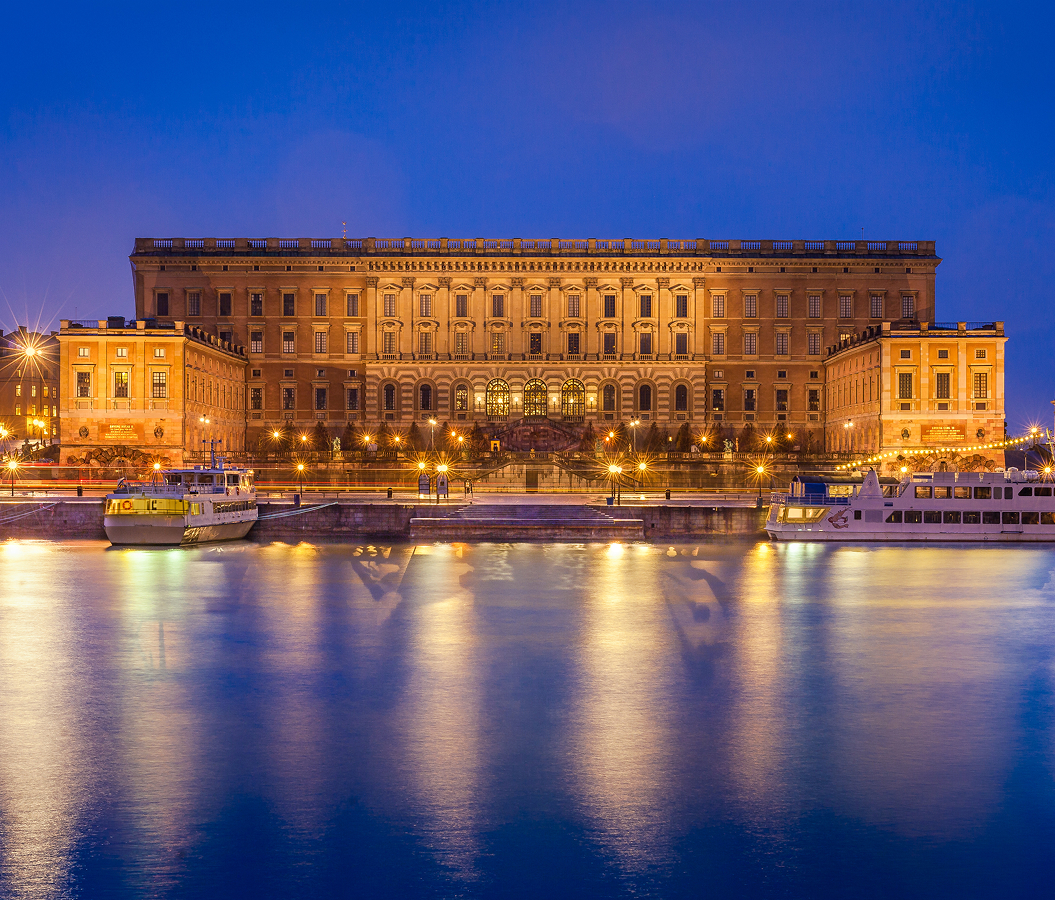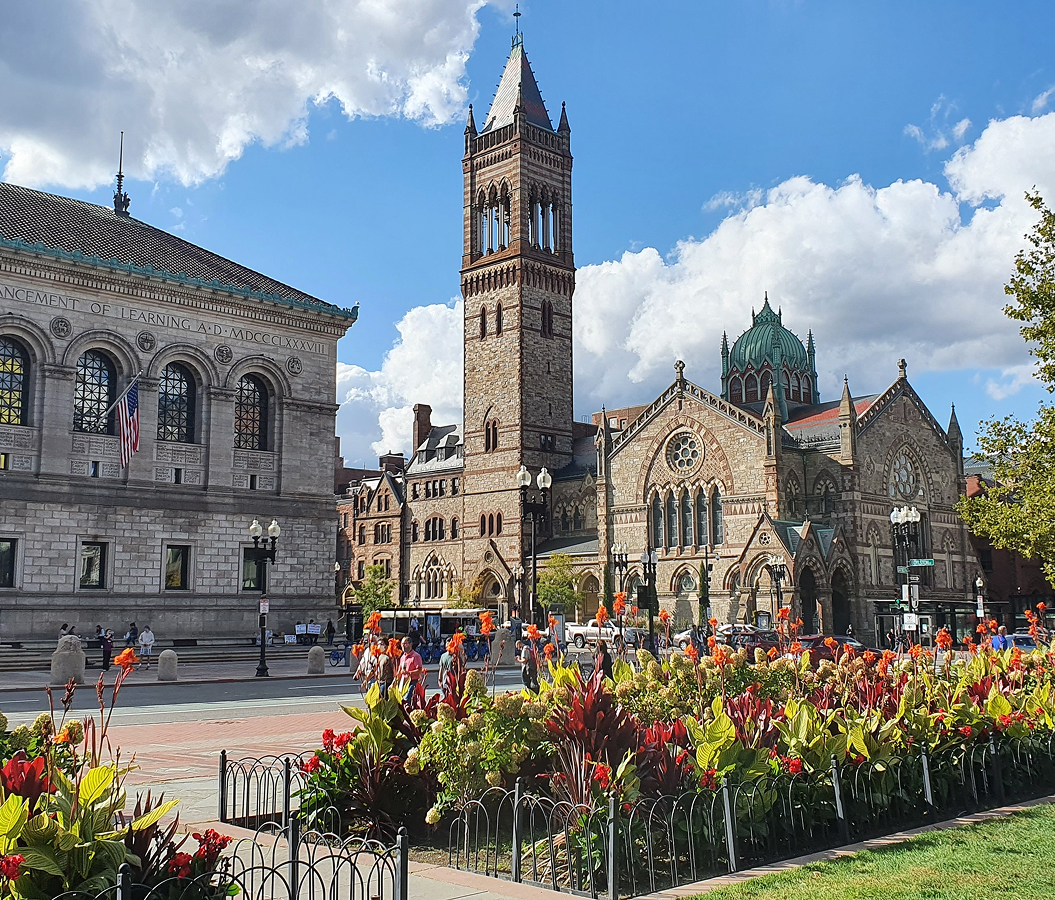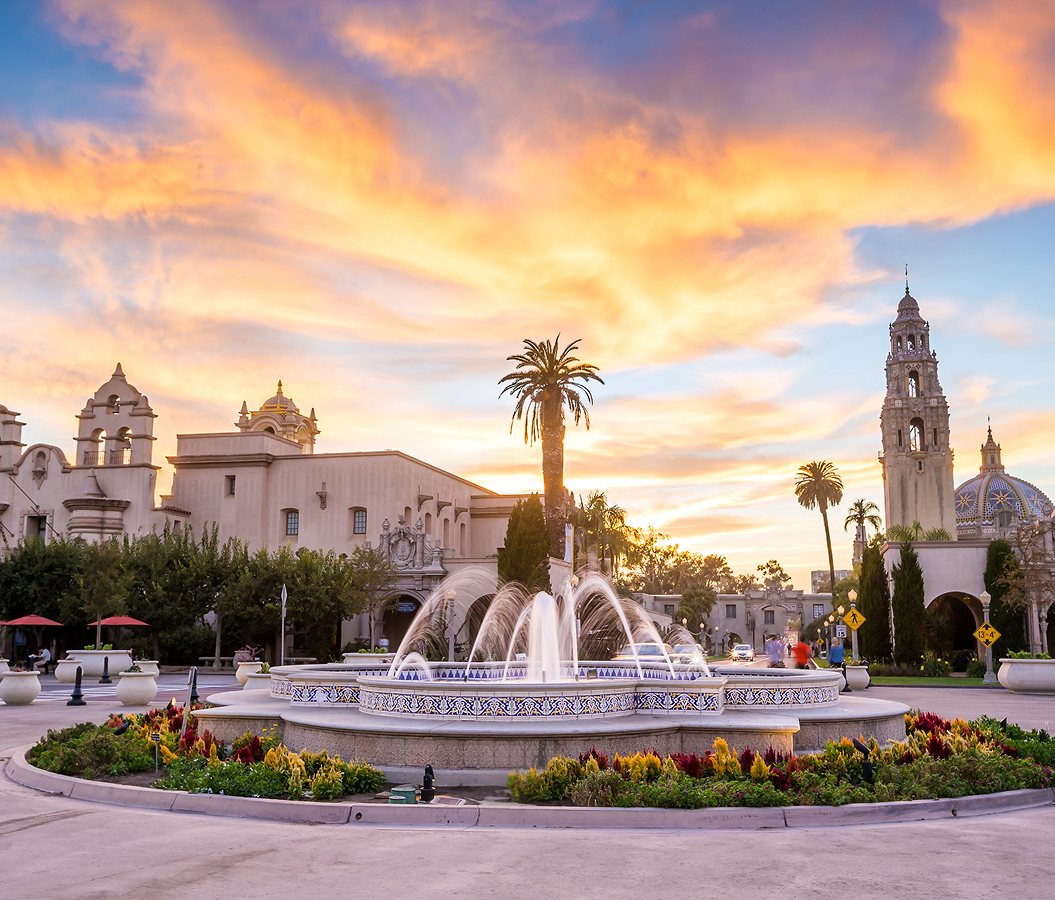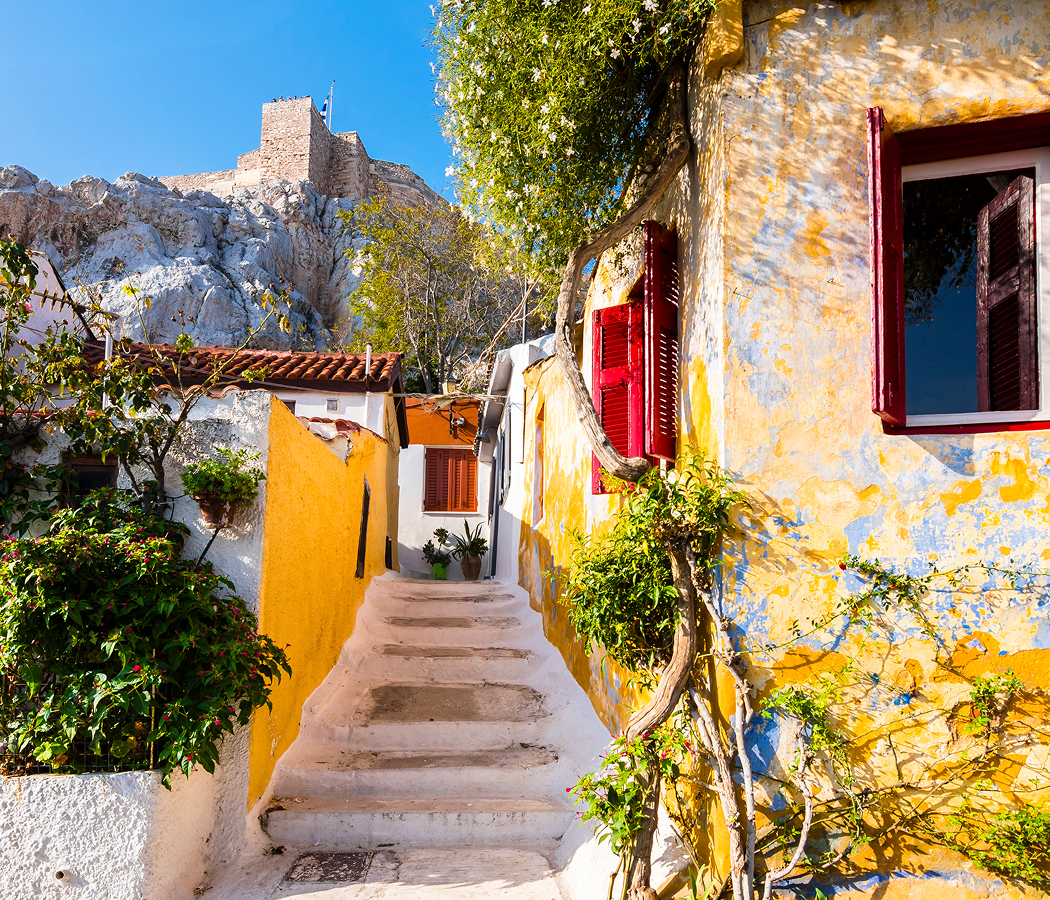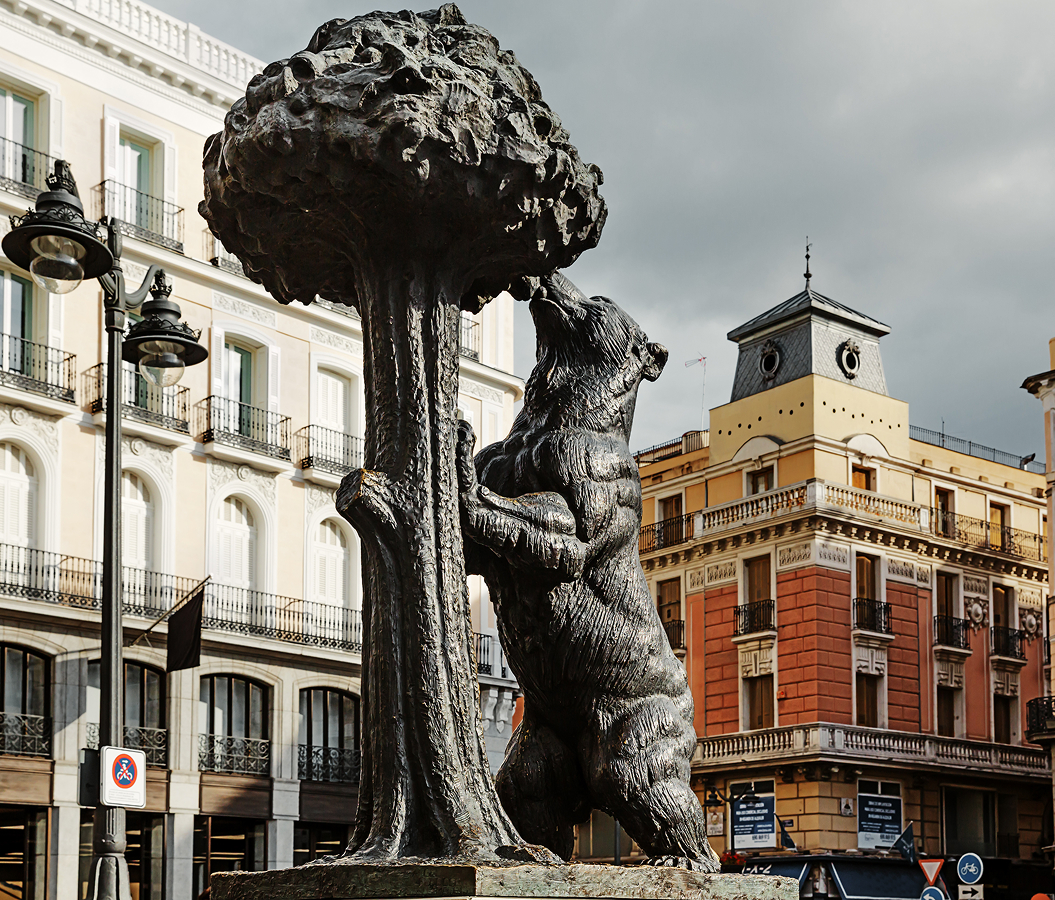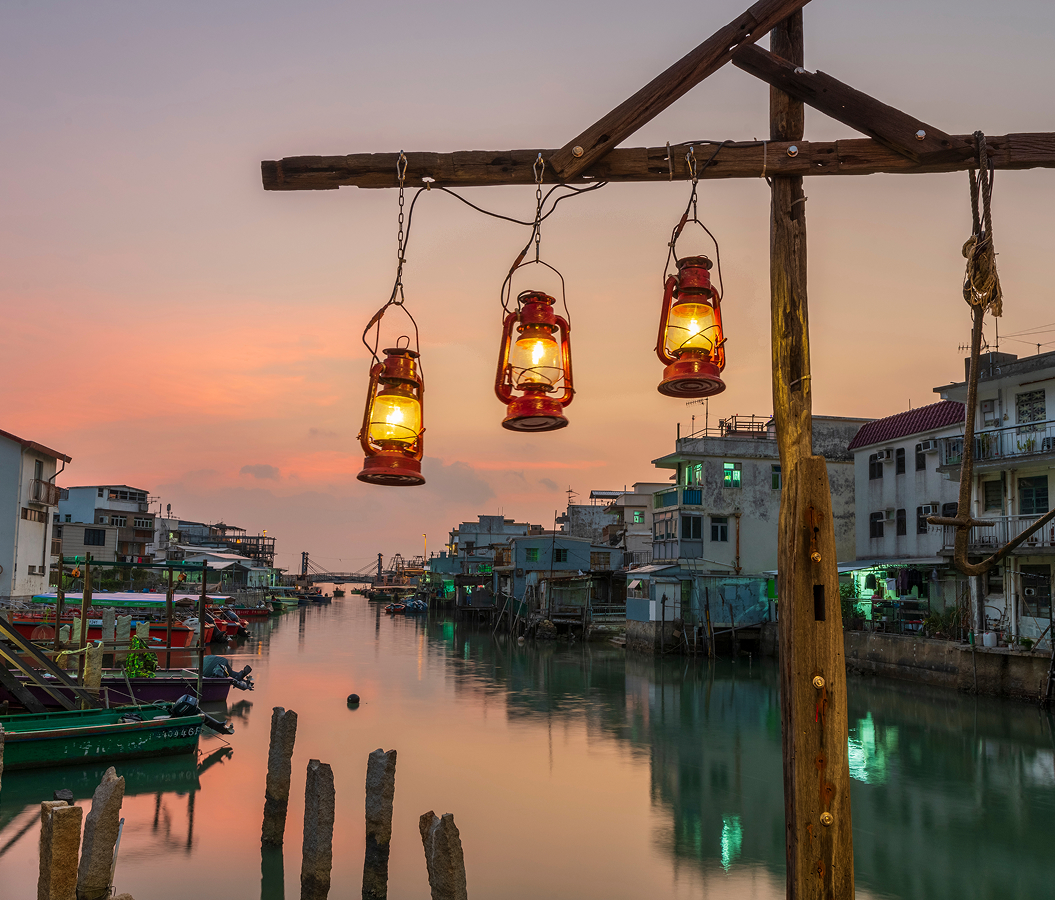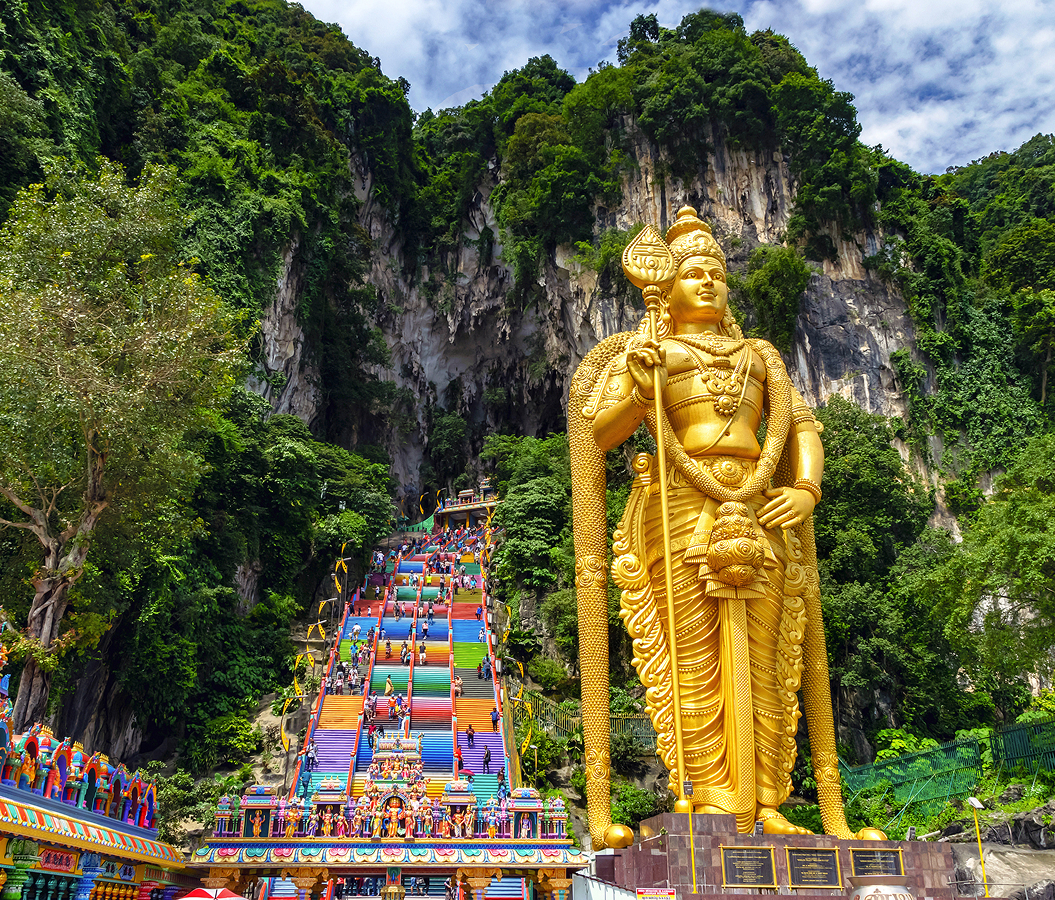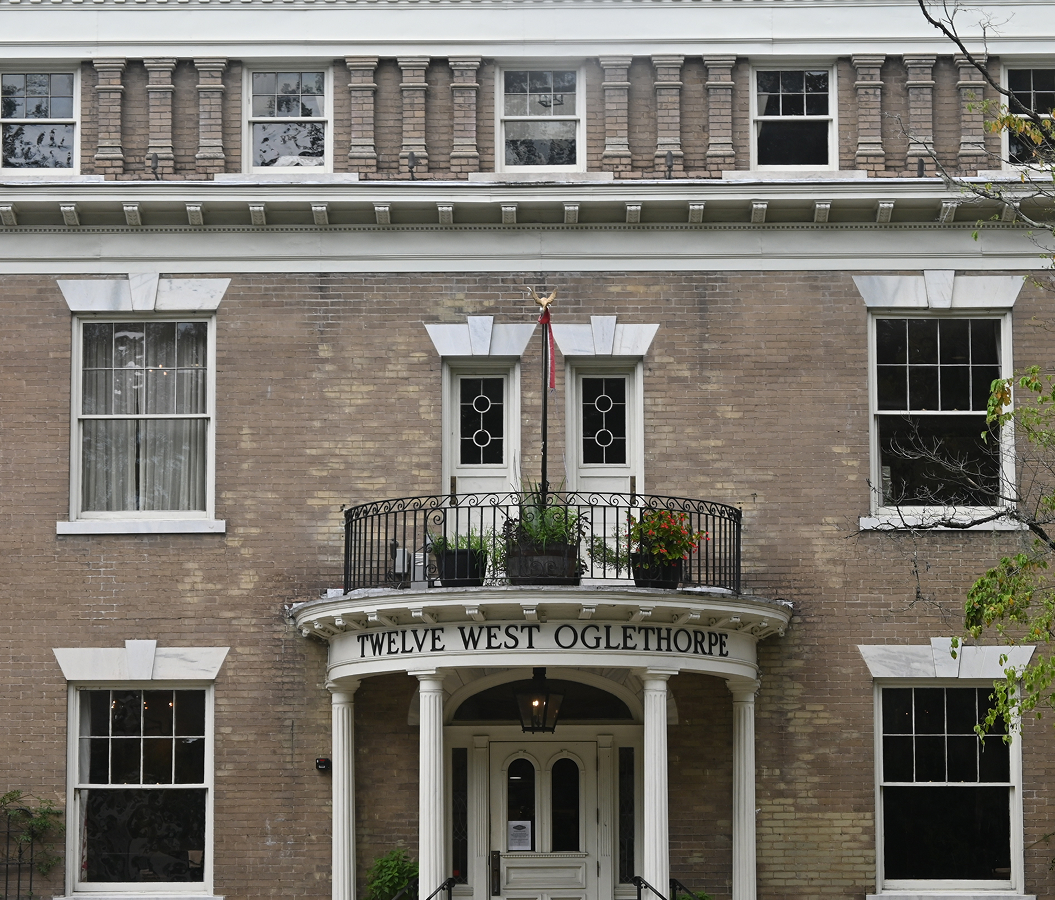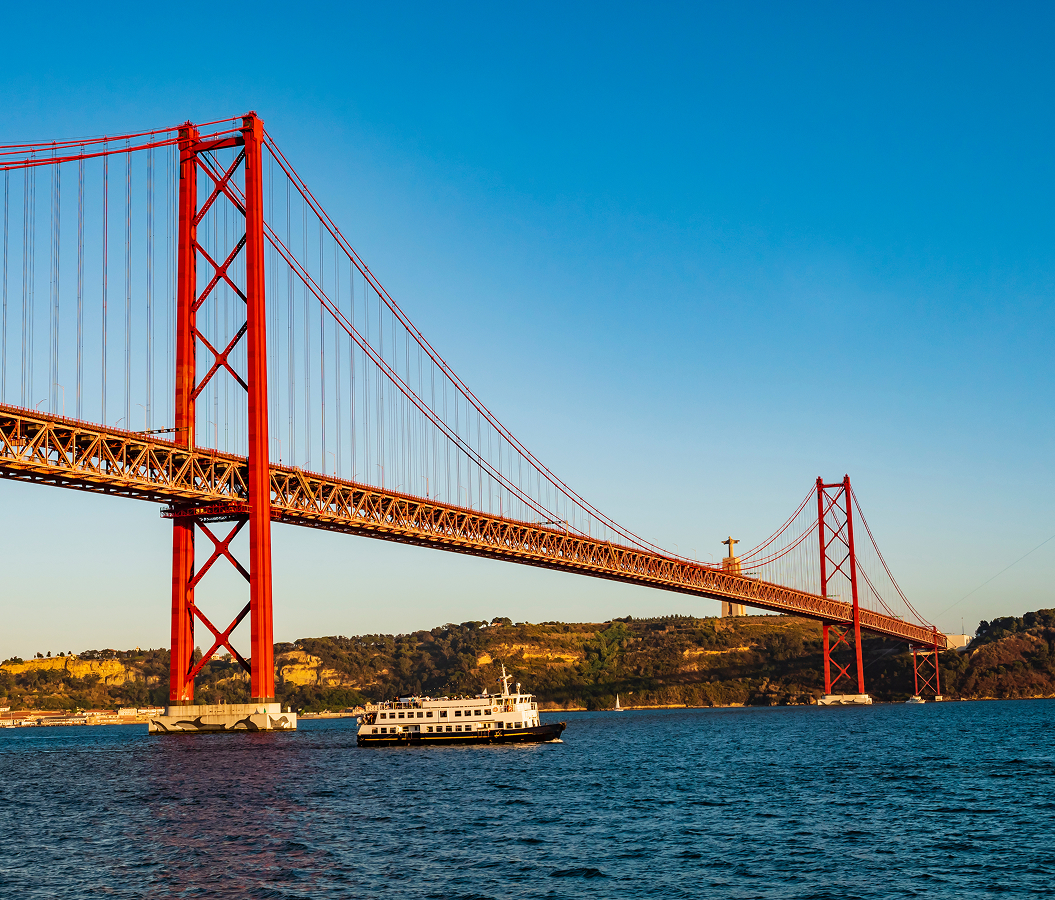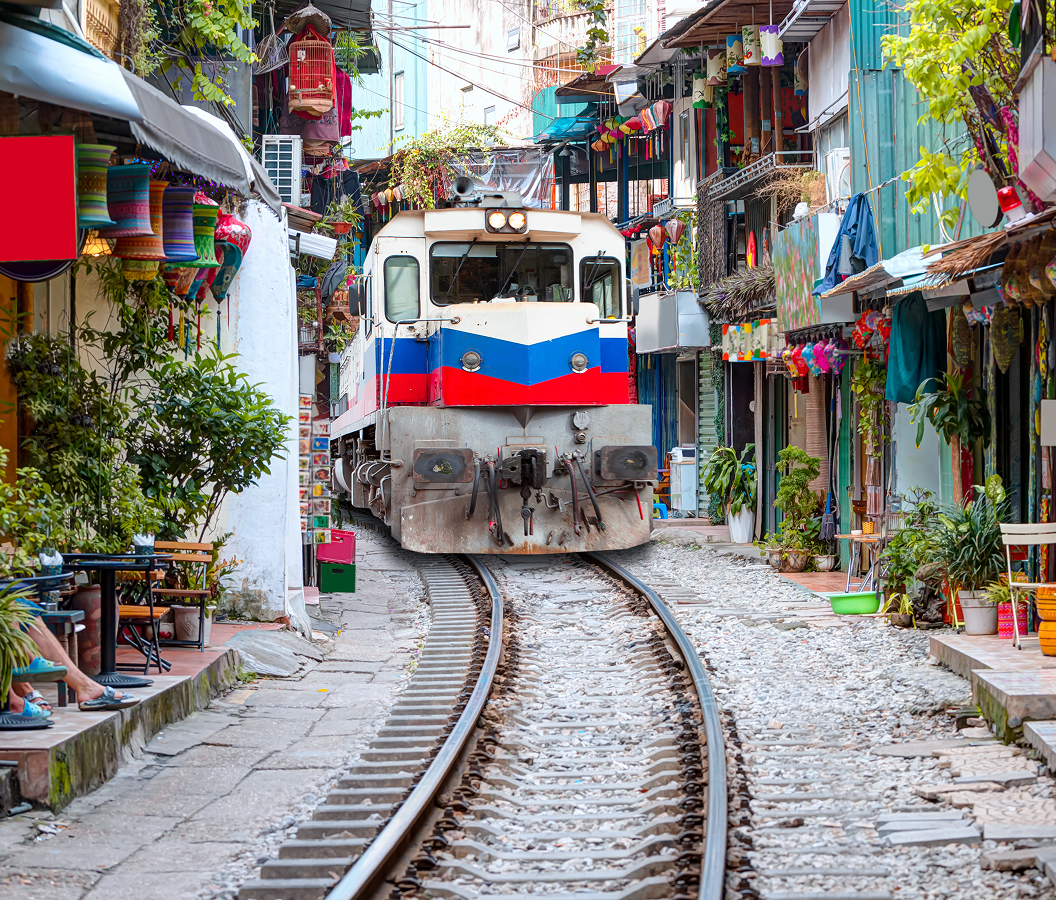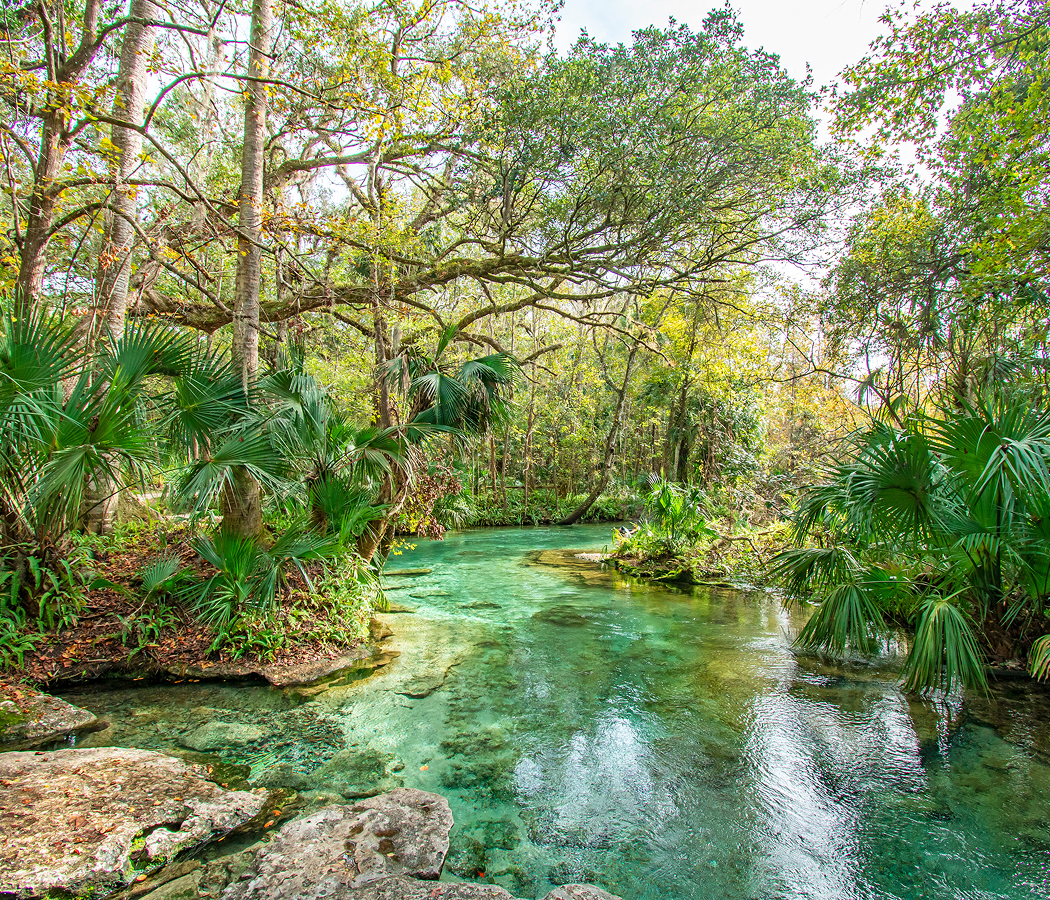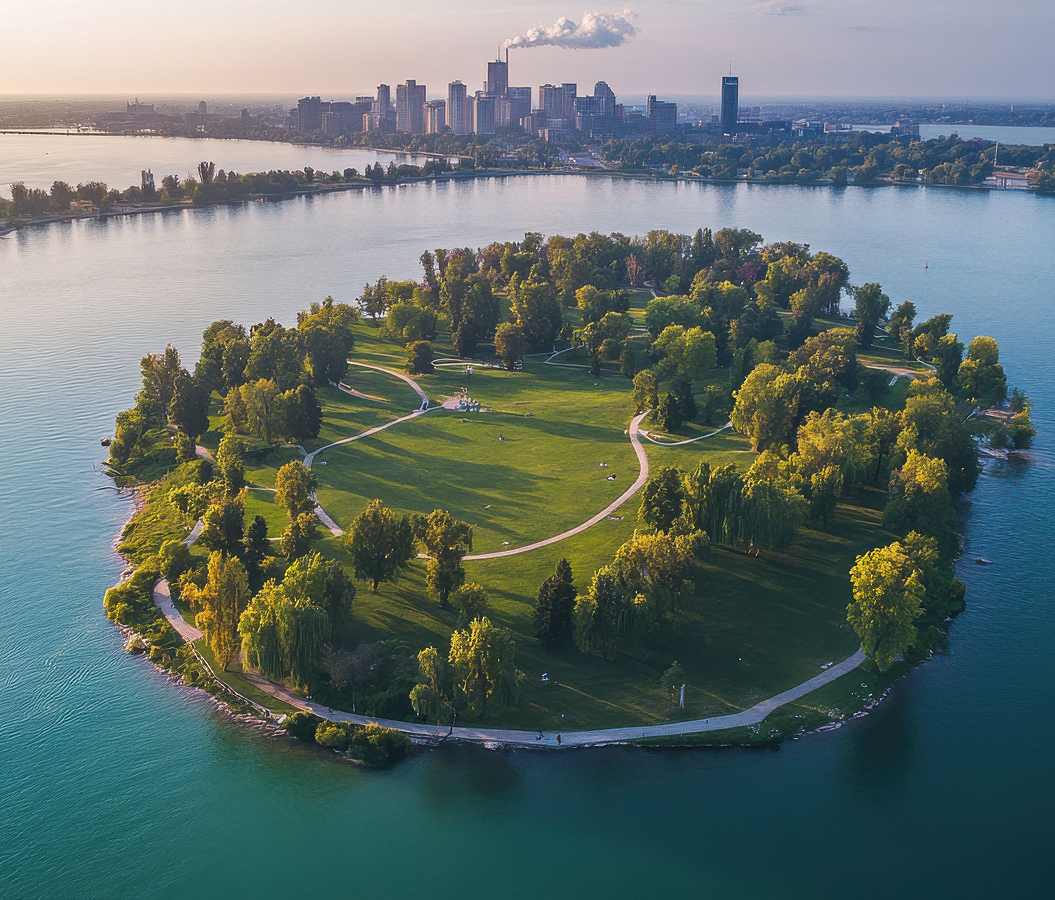
What you didn’t know about Paris, France.
Beneath Paris’ iconic romance lies a far more intricate, layered city, one shaped by centuries of engineering genius, hidden waterways, ancient temples, royal ambition, revolutionary fire, and cultural reinvention.
Much of the Paris people walk today floats above a subterranean world: abandoned quarries that supplied the limestone for Notre-Dame, the Louvre, and almost every grand building in central Paris. These quarries eventually became the catacombs, a city of bones arranged with unsettling precision by 18th-century engineers to solve overcrowded cemetery crises. The Seine once flowed in multiple branches, with islands and marshland shaping how bridges, palaces, and boulevards were later carved into the landscape. Under the modern river is an entire network of Roman artifacts, fragments of temples dedicated to Jupiter and ancient roads connecting the original settlement of Lutetia with the rest of Gaul. The city’s symmetrical beauty wasn’t accidental; Haussmann’s 19th-century redesign was a feat of urban choreography, cutting through medieval streets to create boulevards aligned intentionally with light, wind flow, military visibility, and architectural harmony. Paris has more bookstores per capita than almost any major city, more hidden courtyards than you could discover in a lifetime, and one of the most sophisticated underground heating systems in Europe. Even its rooftops, infinite waves of zinc and slate, are UNESCO-recognized for their visual unity. What people rarely realize is that Paris’ magic isn’t just emotional, it’s engineered, curated over centuries, layered in stone, and pulsing quietly beneath every step you take.
Five fascinations about Paris.
5. There’s a vineyard hidden within the city.
Tucked into the Montmartre district, just a few winding streets from the Sacré-Cœur, sits Le Clos Montmartre, a working vineyard producing wine right in the heart of Paris. It’s been quietly operating since the 1930s, a lush little rebellion against the city’s modern pace.
4. The Eiffel Tower was almost torn down.
Originally built as a temporary structure for the 1889 World’s Fair, the Eiffel Tower was supposed to be dismantled after 20 years. It only survived because it proved useful as a military radio tower. Imagine Paris without it, almost happened.
3. There’s a hidden apartment at the top of the Eiffel Tower.
Gustave Eiffel built himself a small private apartment at the summit of the tower, a cozy retreat filled with books and velvet furniture. It’s still there, fully preserved, though now reserved for curious museum-goers rather than engineers in need of solitude.
2. You can visit the oldest café in Paris, still open today.
Founded in 1686, Le Procope was once the haunt of Voltaire, Rousseau, and Napoleon. Today, it continues to serve up espresso and revolution-era energy in the 6th arrondissement, blending intellectual history with Parisian flair.
1. The bridges of Paris hold thousands of lovers’ ashes.
While tourists attach padlocks to symbolize their love, many locals scatter ashes over the Seine or into the air off the Pont des Arts and other bridges. Paris isn’t just where people fall in love, it’s where many choose to be remembered.
Where meaningful travel begins.
Start your journey with Foresyte, where the planning is part of the magic.
Discover the experiences that matter most.




